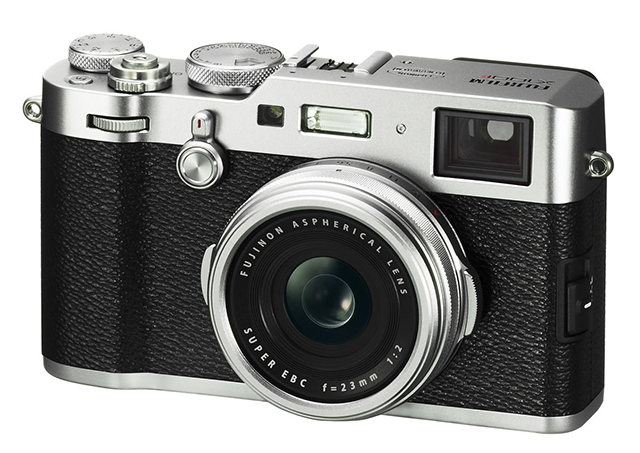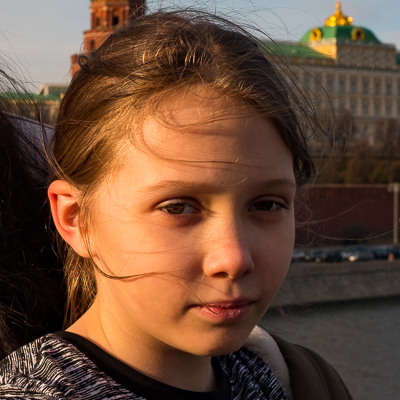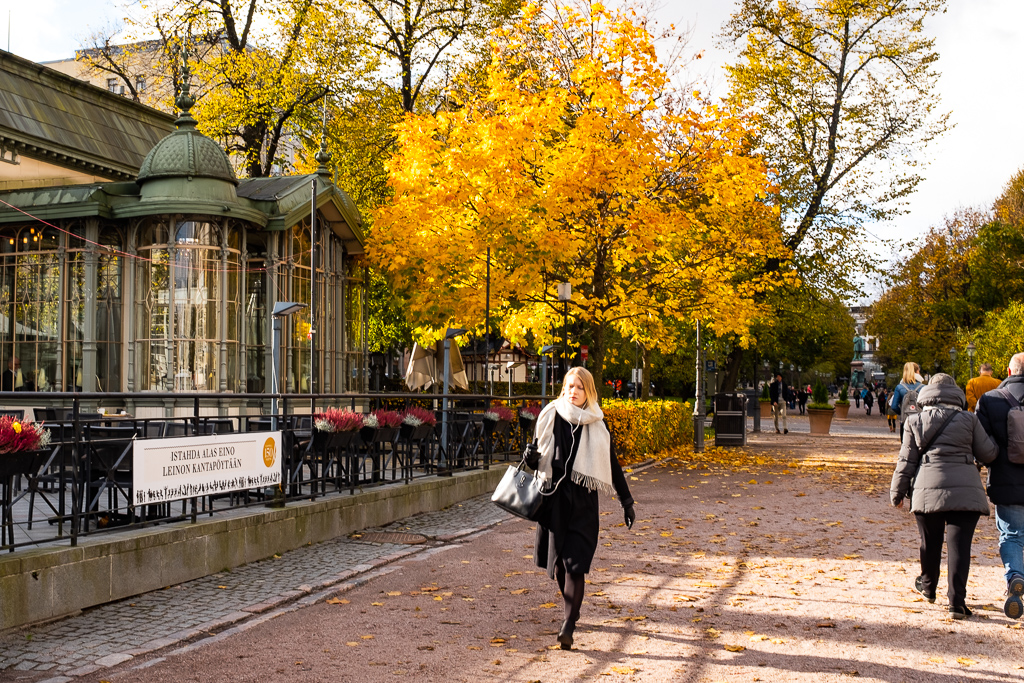FujiFilm X100F Camera¶
maker: FujiFilm
sensor: APS-C X-Trans*1 CMOS III
mega pixels: 24
capture rate: 8 fps
format: digital
af points:
Buy on Amazon
This premium compact digital camera is equipped with an advanced hybrid viewfinder and a 23mm fixed focal length lens with a maximum aperture of f/2.8. While maintaining an elegant design and providing advanced electronic settings, it’s also easy to set exposure manually.
Control
New features in the FujiFilm X100F include the Built-In ISO Dial, incorporated into the Shutter Speed Dial reminiscent of film cameras of yesteryear, the focus lever, which allows you to instantaneously move the focus area without having to take your eye off the viewfinder, and the C position for enabling ±5 stop exposure compensation. Most of the operation-related buttons and dials are concentrated on the right-hand side to allow quick change of settings while firmly holding the camera.
Viewfinder
You can now change the magnification of the electronic rangefinder, shown in a small window as EVF at the bottom right corner of the optical viewfinder, for enhanced accuracy when checking the focus. The Real Time Parallax Correction function is applied to the focus area in addition to the guide frame to enable assured framing and focusing in the Manual Focus mode.
Performance
The FujiFilm X100F features the 24.3MP X-Trans CMOS III, an APS-C sensor with no low-pass filter boasting the highest performance in the history of the X Series, as well as the X-Processor Pro high-speed image processing engine to deliver outstanding color reproduction and gradation of tones in both stills and videos with high ISO sensitivity and low noise.
Photos Taken with this Camera
Related Articles
Below is a list of articles in which this camera is discussed, or at least mentioned, on this site.
A Digital Film Camera (jul 30, 2018)
The best camera for creativity would be digital with a full-frame sensor, but have the simplicity of a film camera: knobs for setting manually the exposure (i.e., ISO, shutter, aperture) and no other settings, nor an LCD screen to distract you.
FujiFilm X100F Purchase (oct 12, 2017)
Although I have enjoyed owning a Sony RX100-III camera, with its pocket size and excellent Zeiss lens, I’m ready to spend a little more to get a compact camera with a larger sensor. I’ve decided to sell the Sony and buy a FujiFilm X100F.
Adjusting Aperture for Light or Depth (aug 05, 2009)
One adjusts the aperture of a lens for two reasons: setting the aperture wider will make for a brighter image; or to decrease or increase the range of objects which are in focus. The choices can affect the results of the photograph.



